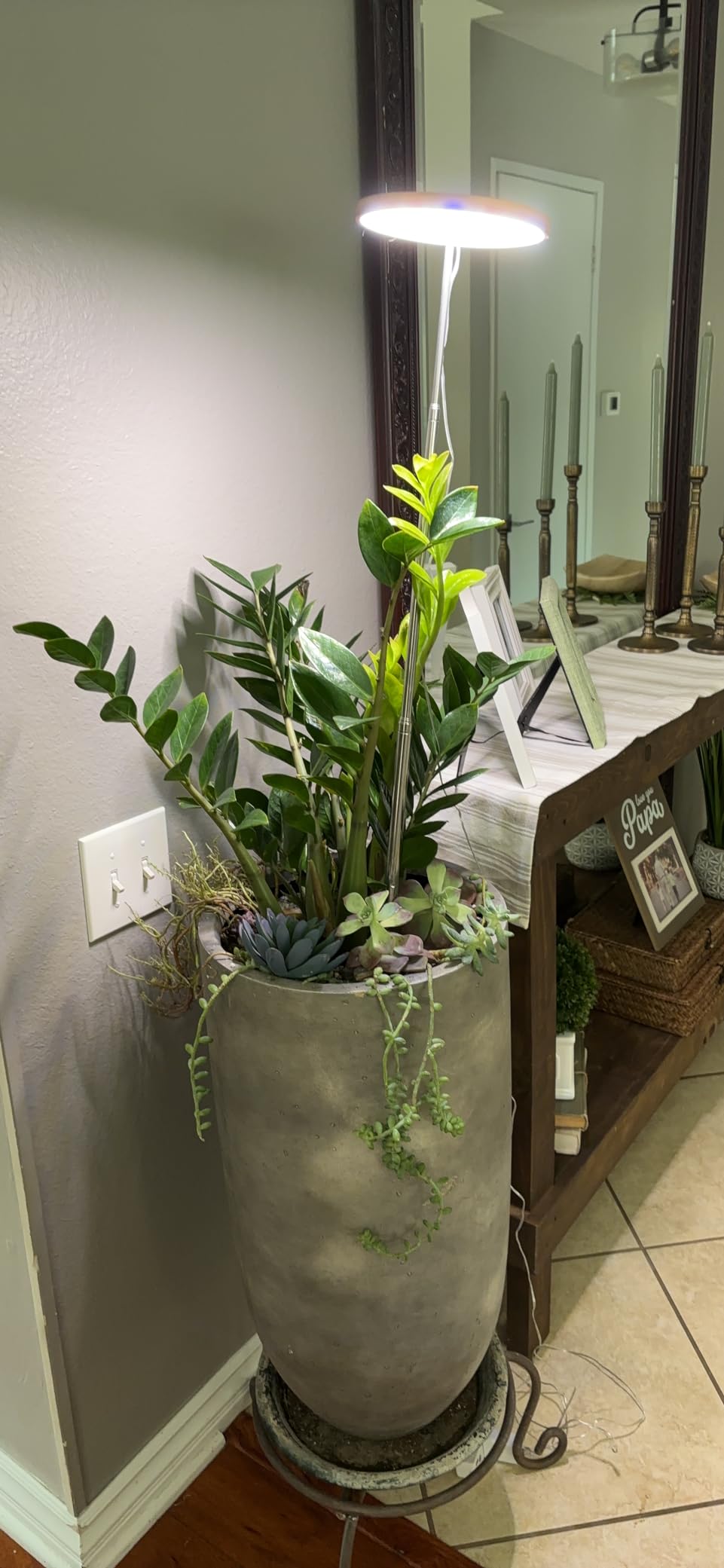How to Determine If Your Plants Are Getting Enough Light

For indoor gardeners, ensuring that plants receive the right amount of light is essential. Incorrect lighting can impede growth, reduce yield, and even cause the death of plants. Here are several reliable ways to determine if your plants are getting enough light.
Observing Plant Growth Patterns
- Stem and Leaf Growth: One of the most telling signs is the growth of stems and leaves. If a plant is stretching with long, thin stems and sparse foliage, it’s likely not getting enough light. For instance, tomato seedlings grown in low - light conditions may become leggy, with weak stems and a pale color. In contrast, healthy plants with sufficient light develop short, sturdy stems and evenly spaced leaves.
- Direction of Growth: Notice the direction in which your plants are growing. If they consistently lean towards the light source, it’s a clear indication that they aren’t receiving enough light from all sides. Pothos vines, for example, will bend and grow towards the available light if their environment lacks sufficient illumination.
Analyzing Flowering and Fruiting
-
Flower Production
: For flowering plants, insufficient light can lead to a reduced number of blooms or a delay in flowering. African violets, known for their beautiful blossoms, require medium - intensity light to flower regularly. If they don't receive enough light, they may produce fewer flowers or none at all.
- Fruit Development:
- In fruit - bearing plants like tomatoes, proper light is crucial for fruit set and development. Insufficient light can result in smaller, misshapen fruits or poor fruit production.
Checking Leaf Color and Texture
- Leaf Color: The color of the leaves can also provide clues. Healthy plants with adequate light typically have vibrant, green leaves. If the leaves turn pale, yellow, or develop a reddish tint, it could indicate a lack of light. For example, ferns with insufficient light may have pale fronds, losing their characteristic lush green color.
- Leaf Texture: Pay attention to the texture of the leaves. In some cases, plants receiving too much light may develop a rough or scorched texture. On the other hand, if the leaves are soft and limp, it may suggest that the plant isn't getting enough light to maintain turgor pressure.
Using Light Measuring Tools
- Lux Meters: A lux meter can accurately measure the intensity of light in your growing area. Different plants have specific light requirements, measured in lux. For example, high - light plants like succulents need 3,000 - 5,000 lux, while low - light plants such as ferns can thrive in 200 - 500 lux. By using a lux meter, you can ensure that the light levels in your indoor garden match the needs of your plants.
If you determine that your plants aren't getting enough light, consider moving them closer to a window, adding additional plant lights, or adjusting the height of the existing lights. Conversely, if they're getting too much light, you can use shade cloths or move the plants to a less sunny location. By carefully observing your plants and making adjustments, you can create the ideal lighting environment for healthy growth.
